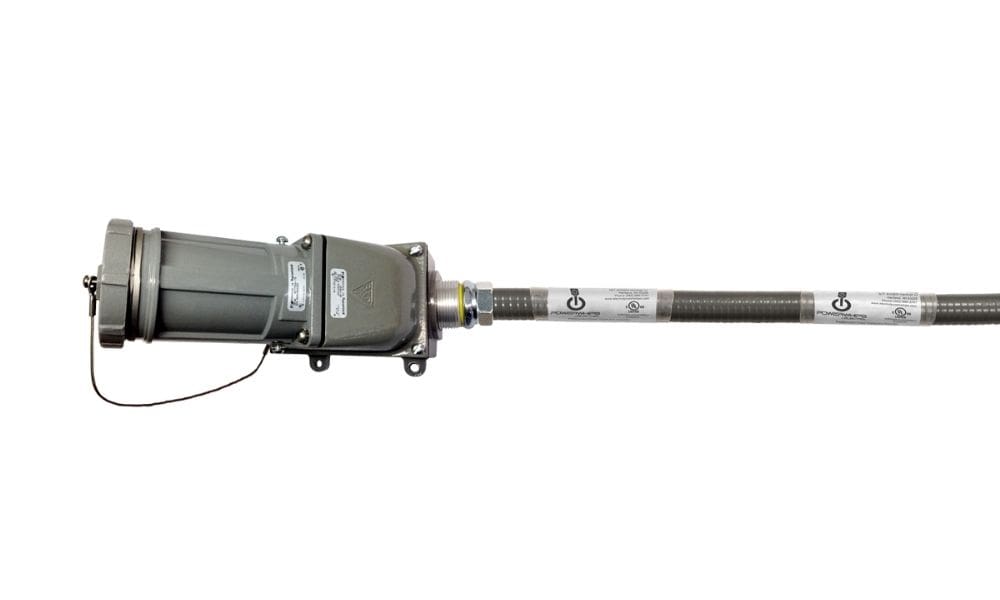
Data center cable management is the core of a safe and productive operating environment for your critical equipment. Subpar cable design and network infrastructure can hinder your entire enterprise. Not only does poor cable management impede technological growth, but it also hampers your comprehensive capacity to further business scalability and profitability.
The complexity of data center cable management doesn’t need to be an obstacle in your path. To prevent your data center’s cabling from looking like a sloppy bowl of spaghetti, you need to know how to organize and manage your cables effectively. Here are the six best practices for cable management in your data center.
Before Installation: Ensure Correct Cabling and Length
Overcoming the challenges and setbacks of cable management begins at the very offset. Out of the six best practices for cable management in your data center, measuring and testing cables tops the list. Make sure you’ve considered everything when it comes to choosing data center power cords. Cables should always be the proper length for your facility to avoid disconnection or downtime. Loose cables have the potential to wreak havoc on critical IT equipment because of their messy setup.
Testing is ideal to assure your infrastructure functions adequately with the selected cabling. Consider the requirements of your system, bandwidth, and overall networking needs, and pre-test to identify potential problems or faults.
Think About Industry Standards and Structural Compatibility
When structuring data center cables, a focus on physical distances and cable lengths is commonplace. However, a user-friendly cable management system also always considers the compatibility of these physical connections. Follow industry guidelines to provide the ideal combination of data center reliability and agility. DCIM software can help determine connection solutions and validate optimal locations for equipment deployment.
Document Any New Cabling
Proper documentation supports organizational efforts. Sticking to the practice of documenting any used cabling is key for future connectivity troubleshooting or downtime maintenance. Be sure to note the specific type of cable configuration alongside locations and port connections throughout the network.
Label Cables Securely on Both Ends
Racks or cabinets full of gear contain a slew of homogenous cables, but it’s important that you be able to correctly identify your power cords. Visible labels are integral solutions to save time and money. Labeling cables identically on both ends ensure easy identification for testing, repair, installation, or removal.
Plan for Now and the Future
Present-day data center environments are continually changing in the face of fresh innovations, advancements, and increasing demands. Focusing your cabling plans solely on the present can limit your overall options for the future. Don’t build your infrastructure only for the present; formulate a system that can adapt or reconfigure to greater capabilities. Following such management practices can prevent future resource complications down the road.
Select Quality Vendors
When it comes to efficient data center cabling management, you can’t shortcut quality when it matters most. Invest in cables from expert suppliers who can help you determine the right cabling configurations for your facility’s requirements or specific situations.
Turn to PowerWhips for your data center power cabling needs. We thoroughly test our PDU power cables and component assemblies to ensure the highest quality, reliability, and performance. Browse our assortment of products today to buy with confidence. Contact us with any questions!
